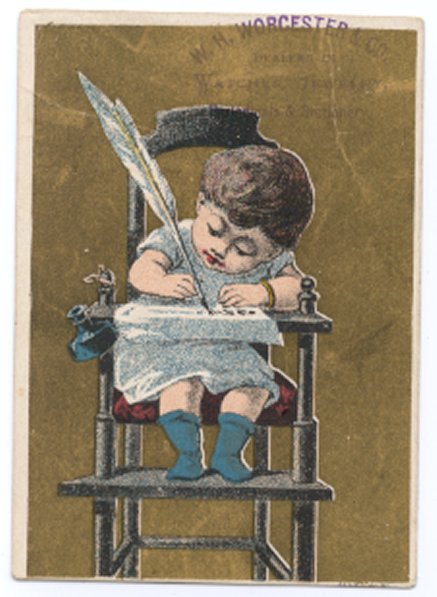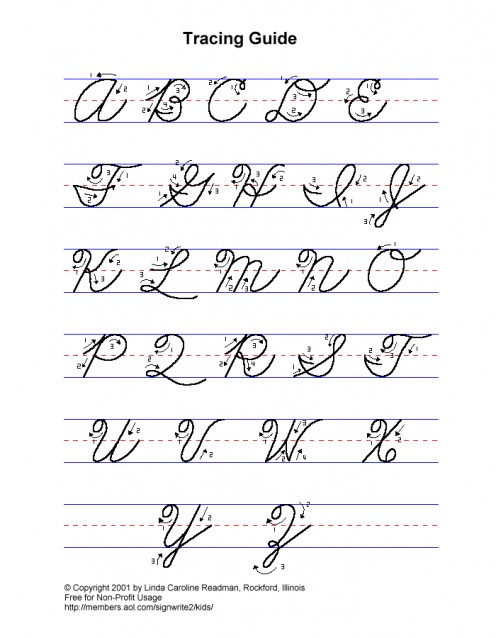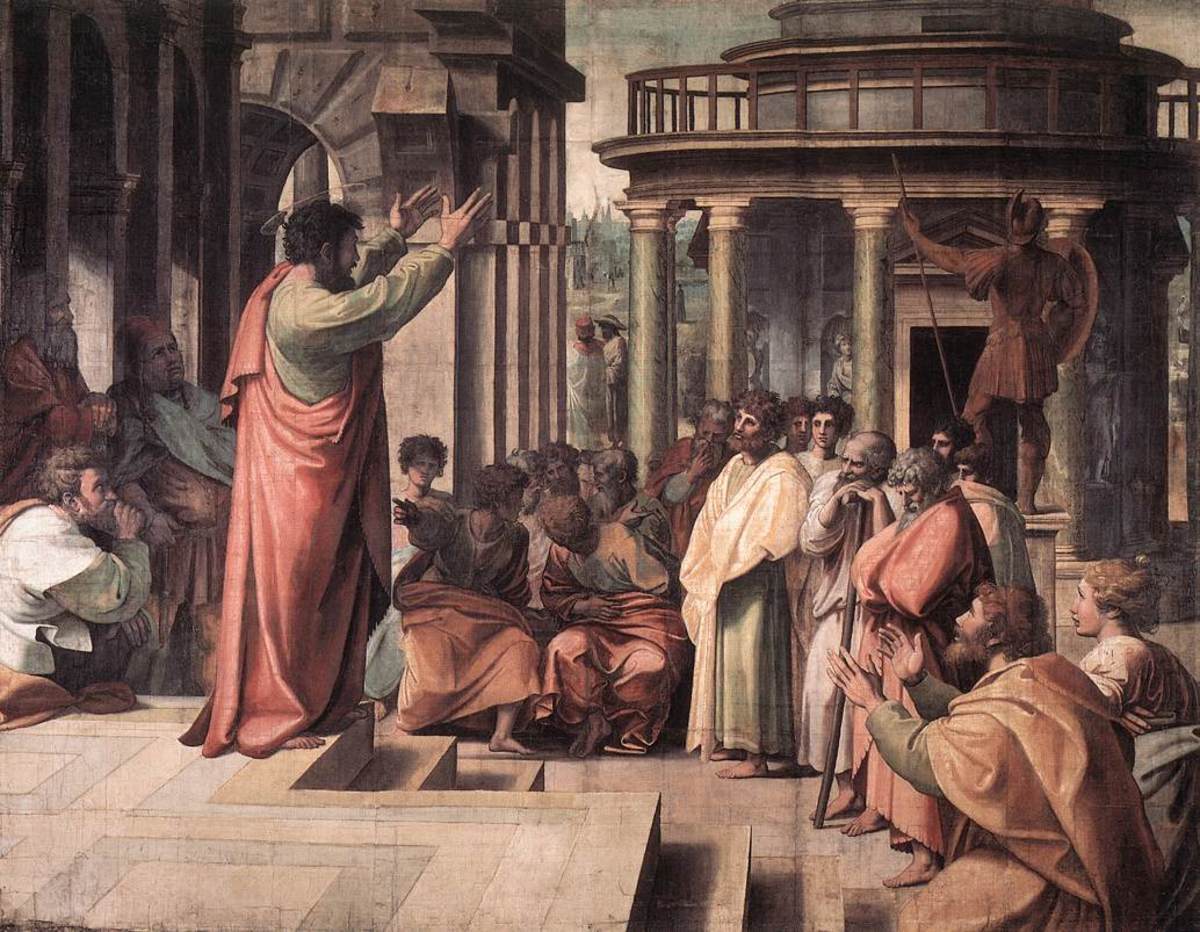Imitation Mentoring




Introduction
I remember a time when about four years old after my family and I had immigrated from Germany and lived on a homestead in rural Ontario. In the days… when people actually “handwrote” letters! As Mom, who had received a letter from one of her sisters, would sometimes read us portions, I would try to pull her arm down so I could see, I was fascinated by the writing. It was beautiful and I wanted to be able to do it…
In the winter, especially on days when we couldn’t go outside, one of my favorite things to do was copy letters. Mom would give me some thin, blue, onion skin paper. I would put this paper on top of a letter from my Aunt, and with head bent over the paper…tongue sticking out, I concentrated on coping the letters…at four! I actually thought I was writing! I would do this for hours. Mom loved it, as it kept me busy and occupied. What nobody had realized when I was doing this at the time was what I was learning…
When I started school, my grade one teacher was astounded at how well I could handle a pencil, I was not scared of it in the least. She was doubly surprised at how easy I learned to print. I had no problem with control of the pencil so could make the circles and the lines. I was excited as I printed and made letters, to know what the letters were! I had already been imitating my aunts letter making for 2-3 years but had not known what they meant. Now I was learning the meaning of what I was doing. Oh I knew they were words I was making, but could not interpret them. Writing came easily to me after that, I had had something to emulate and now it was my own. I am really glad that my aunt had beautiful writing. Imagine, I could have been learning how to write like a doctor!
Have you ever had that experience? At first you are just imitating something or someone and all of a sudden you realize you are doing it for yourself! The skill or action becomes a natural part of you. It happens in families all the time. Babies and children imitate mom, dad, grandpa or grandma; an older sibling or cousin; their favorite super hero…its all imitation. It’s the starting point for almost anything we learn, be it academics, a craft, a skill or sports or life----we watch someone else do it and then we eventually learn to do it for our selves.
It happens in the family of God as well…Paul was well aware of this and wanted the Thessalonians to be aware of it as well. The imitating and the transition, the journey to being the one imitated. Paul has some very clear markers as to how this happens for the Christian.
Just Like...


1Thessalonians 1.3-7
We continually remember before our God and Father your work produced by faith, your labor prompted by love, and your endurance inspired by hope in our Lord Jesus Christ. For we know, brothers loved by God, that he has chosen you, because our gospel came to you not simply with words, but also with power, with the Holy Spirit and with deep conviction. You know how we lived among you for your sake. You became imitators of us and of the Lord; in spite of severe suffering, you welcomed the message with the joy given by the Holy Spirit. And so you became a model to all the believers in Macedonia and Achaia.
To understand Paul’s markers I’ve come at this passage backwards, starting with verse 6 and 7. It’s like climbing a ladder…
POINT ONE:
Paul says, You became imitators of us and of the Lord; in spite of severe suffering, you welcomed the message with the joy given by the Holy Spirit, and so you became a model to all the believers in Macedonia and Achaia.
Notice the wording, became imitators and became a model
Imitators: Mimic; pattern after; simulate; to use as a copy or a model
What does this remind you of?…it made me think of mentoring.
What is mentoring----being someone---that someone---can imitate
Paul makes this statement:
You know how we lived among you for your sake.
You became imitators of us and of the Lord;
Paul had a tremendous heart for mentoring. He could say, Follow my example, as I follow the example of Christ (1Cor. 11.1 ). He knew the only way to be an example was to first follow an example; someone worth imitating. Just like I imitated the writing of my aunts writing versus the writing of a harried, hurried doctor.
Paul commends the Thessalonians for being of the same heart. They were imitators of first, Paul, and then as they matured, they became imitators of the Lord himself. As the believers grew to know Jesus, there was a deliberate allegiance switch. This reminds me of John the Baptist when he said to his disciples in John 3:30, He [Jesus] must become greater; I must become less. John as well as Paul was very much aware that people’s loyalty had to switch from themselves to Jesus their Savior.
This is healthy growth. Just like a newly married couple must learn to switch their first loyalty from their birth family, to their new family in their spouse. There is a natural learning curve and growth for both.
It’s the same for mentors and mentorees. There is a movement from being imitators to being models, a natural transition from being learners to being teachers. We may not realize that is what is happening but that is what’s happening.
Paul knew that the believers in Thessalonica had became “imitators of [Paul, Silas and Timothy] and of the Lord.” because first God had sent them effective preachers preaching an effective powerful word.


POINT TWO:
our gospel came to you not simply with words, but also with power, with the Holy Spirit and with deep conviction.
Paul presents a foundation for this assured confidence. Paul reminds the believers that the power of the Holy Spirit had been at work. The preaching they received was not simply “with words.” Words alone are an empty oratory technique and much more than that is required if people’s souls are to be saved. Paul mentions three things by which he knew that the preaching at Thessalonica had been effective.
First, the gospel “came…with power.” A vital force is in operation here. Paul assures believers in Romans 1:16, “the gospel of Christ, … is the power of God to salvation.” When the gospel is preached, God is there and God is working. The gospel, then, ‘is’ resurrection power to save the soul.
Second, resurrection power is the Holy Spirit. Genuine soul-transforming power came with the gospel. The work of the Spirit energizes both the preacher and the hearer.
Third, Paul knew the preaching came with divine power because it came “with deep conviction.” Conviction can also be translated as “Christian certainty.” Christian certainty, assurance, is not people persuading themselves, but it is the result of the Spirit working in the believer. This work showed itself in the patterns of holy lifestyle which immediately began replacing the old sinful lifestyle.


POINT THREE:
We continually remember before our God and Father your work produced by faith, your labor prompted by love, and your endurance inspired by hope in our Lord Jesus Christ.
Faith, Hope and Love…These godly actions of the Thessalonians were what Paul viewed as the three most eminent Christian graces. Two aspects of these Christian qualities must be noted,
First,each of them are outgoing:
Faith looks towards God, yet faith rests on the past (what God has done),
Love looks towards others (and God), but lovealsoworks in the present (to those people surrounding the believer),
Hope lookstowards the coming of the Lord, hope looks to the future.
Faith, love and hope, are reliable evidences of the work of the Holy Spirit in the believers life.
Secondly, each of the qualities are productive.
Faith, love and hope are not just abstract qualities that are believed but not seen. It’s clear Paul’s not talking about work, labor and endurance, a future work, but, work that the believer has already accomplished in and through Jesus Christ.
A work produced by faith, Christian activity which occurs directly from a work of faith, an active expression of their faith.
A labor prompted by love, The work of faith is labor prompted by love. The object of this work is others oriented. Far from being simple an emotion, love seeks the best for the other and works hard for the other’s benefit.
An endurance inspired by hope. The believer’s had experienced serious opposition from their fellow citizens, yet they had remained faithful to the gospel, bcause their hope was on Christ. They believed He would soon return to bring about their deliverance. “Endurance” is not quiet, passive resignation but an active steadiness in the face of difficulties.
Who do We Look Like?


Conclusion:
We continually remember before our God and Father
The Thessalonians were especially cherished in Paul’s heart. Why? Because they were a young, new church, enthusiastic, and full of joy… and Paul had had to leave them too early. It’s clear that Paul was somewhat concerned about this and yet encouraged himself by remembering them and their work before God.
In the NASB the phrase is stated as “constantly bearing in mind.” Paul’s love for this fledgling body of Christ, was such that Paul constantly remembered them. Paul had a deep heart of love, compassion and concern for these whom God had entrusted to his care. He wept over them, prayed earnestly for them, struggled in heart over them. His love and care was far from casual.
This brings me back to mentoring, many schools now have a “formal” mentoring program. All of the students have a mentoree, some more than one…hearts God has entrusted into the care, the love of a mentoree. Does the mentor constantly bear them in mind…Does the mentor daily lift them up in prayer…Does the mentor speak God’s blessing over them.
I would like to end with a picture of the chameleon.
The chameleon is a little lizard like animal. A perfect example of what an imitator is. A chameleon copies, he assumes resemblance in such a way as to be concealed or protected. If he is in the grass, he will turn green. If he is in a tree, he will take on the appearance of the tree. Depending on the environment the chameleon is in, he will take on the hue and color of that environment. For the chameleon it is a matter of survival. Oddly enough for the believer it is as well. What happens when the student or young person leaves? What about where they are going? Who will they then imitate? Moreover…Who will yet imitate them? Who will they be an example to--whether they realize it or not?
Remember the chameleon---in whose environment will we live and grow in?
Will we turn the color of God---in the environment and safety of His kingdom?
Or of the world? How will we affect the color of another?








